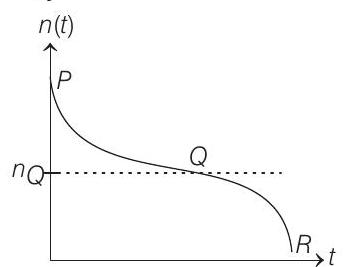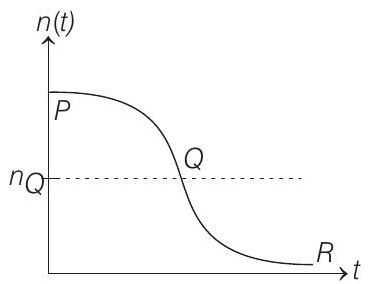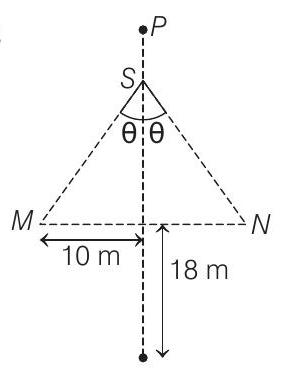Wave Motion 5 Question 14
14. Two loudspeakers
(2016 Adv.)
(a) The plot below represents schematically the variation of beat frequency with time

(b) The rate of change in beat frequency is maximum when the car passes through
(c)
(d) The plot below represents schematically the variations of beat frequency with time

Show Answer
Answer:
Correct Answer: 14. (b, c, d)
Solution:
- Speed of car,

Similarly, between
at
as
At
At
At
From these equations, we can see that






